The Preparation process of High-efficiency Copper-VOT Photocatalysts
- Details
- Category: Tungsten Information
- Published on Wednesday, 29 May 2019 01:20
- Written by yuntao
- Hits: 705
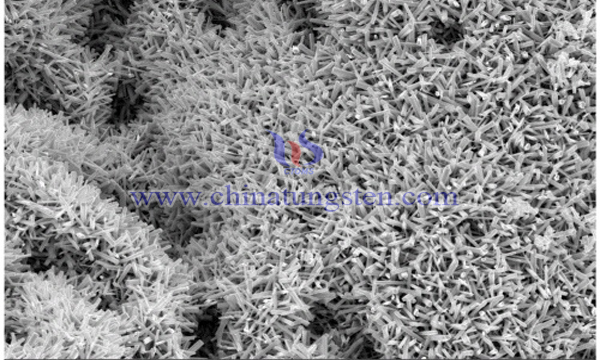
With the increasing problems of energy and environment, the pollution of water resources by organic matter is particularly prominent, which not only affects human health, but also consumes a large amount of energy to eliminate such pollutants. Therefore, the development of new materials using photocatalytic technology to solve pollution has become a new research direction.
Read more: The Preparation process of High-efficiency Copper-VOT Photocatalysts
Bismuth Tungstate-Polyphenylamine Heterojunction Photocatalyst
- Details
- Category: Tungsten Information
- Published on Tuesday, 28 May 2019 22:18
- Written by meiwei
- Hits: 668
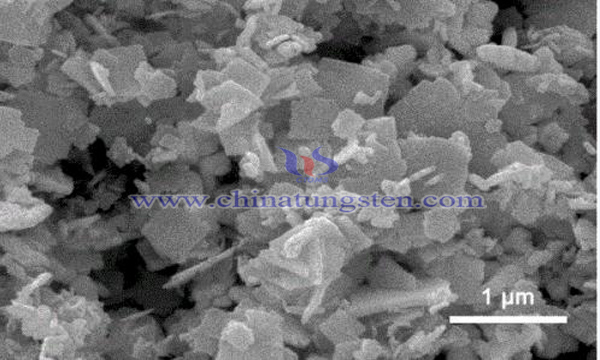
At present, some new tungstate photocatalytic materials with visible light effect have been discovered by researchers. Semiconductor materials such as tungstate have good application prospects due to their unique structure and physicochemical properties, such as magnetic devices, scintillators, corrosion inhibitors and catalysts, which have become a research hotspot in recent years. For example, the catalytic material Bi2WO6 (band gap is only about 2.8eV), which is faster than the visible light response photocatalysis of TIO2, can mineralize harmful substances such as chloroform and acetaldehyde under visible light, and degrade them into CO2.
Read more: Bismuth Tungstate-Polyphenylamine Heterojunction Photocatalyst
Tungsten Disulfide Nanoparticles
- Details
- Category: Tungsten Information
- Published on Tuesday, 28 May 2019 17:06
- Written by meiwei
- Hits: 613
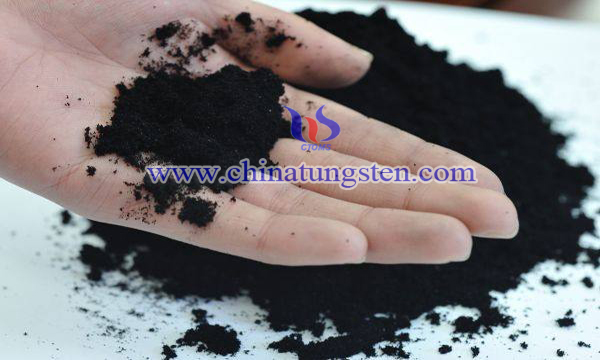
In recent years, the research of two-dimensional layered materials has attracted the attention of scientists, especially the rapidly developing graphene nanomaterials, which have the characteristics of high strength, excellent conductivity and thermal conductivity, and are widely used in the field of sensors. Graphene is known as the king of new materials. However, graphene is a two-dimensional material with zero band gap and can not be used as channel layer of transistors, which limits its further application in nano-electronic devices and photoelectric conversion.
Ultrafine Tungsten Carbide Powder Manufacturing Improvement
- Details
- Category: Tungsten Information
- Published on Tuesday, 28 May 2019 17:21
- Written by meiwei
- Hits: 641
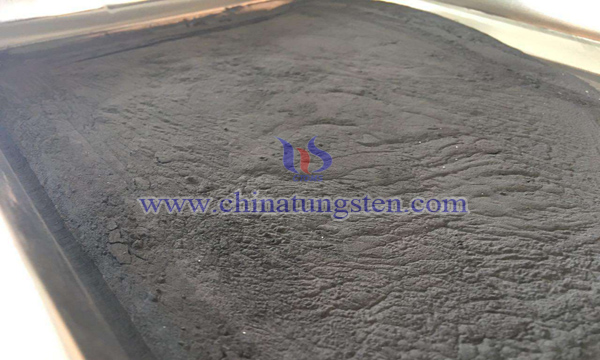
Because of its excellent properties such as high hardness, high red hardness, high compressive strength, high wear resistance and good corrosion resistance, superfine tungsten carbide powder is known as "industrial teeth" and widely used in almost all sectors of the national economy and various fields of modern technology. As the main material of cemented carbide, tungsten carbide has been devoted to improving its contradictory properties of hardness and toughness.
Read more: Ultrafine Tungsten Carbide Powder Manufacturing Improvement
Nano Tungsten--Zirconium Carbide Alloy
- Details
- Category: Tungsten Information
- Published on Tuesday, 28 May 2019 17:01
- Written by meiwei
- Hits: 553
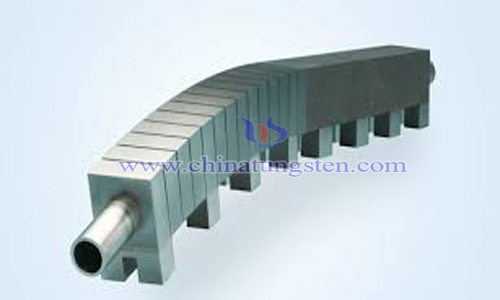
Because of its high melting point and high high temperature mechanical properties, tungsten metal is widely used in high temperature components, lighting, national defense and other fields. Besides, tungsten metal has the advantages of low thermal expansion coefficient and anti-sputtering. It is the most promising candidate wall material for fusion reactor. However, tungsten has some shortcomings, such as low temperature brittleness and recrystallization brittleness, which lead to brittleness and difficult to process and shape, and affect its application.





 sales@chinatungsten.com
sales@chinatungsten.com